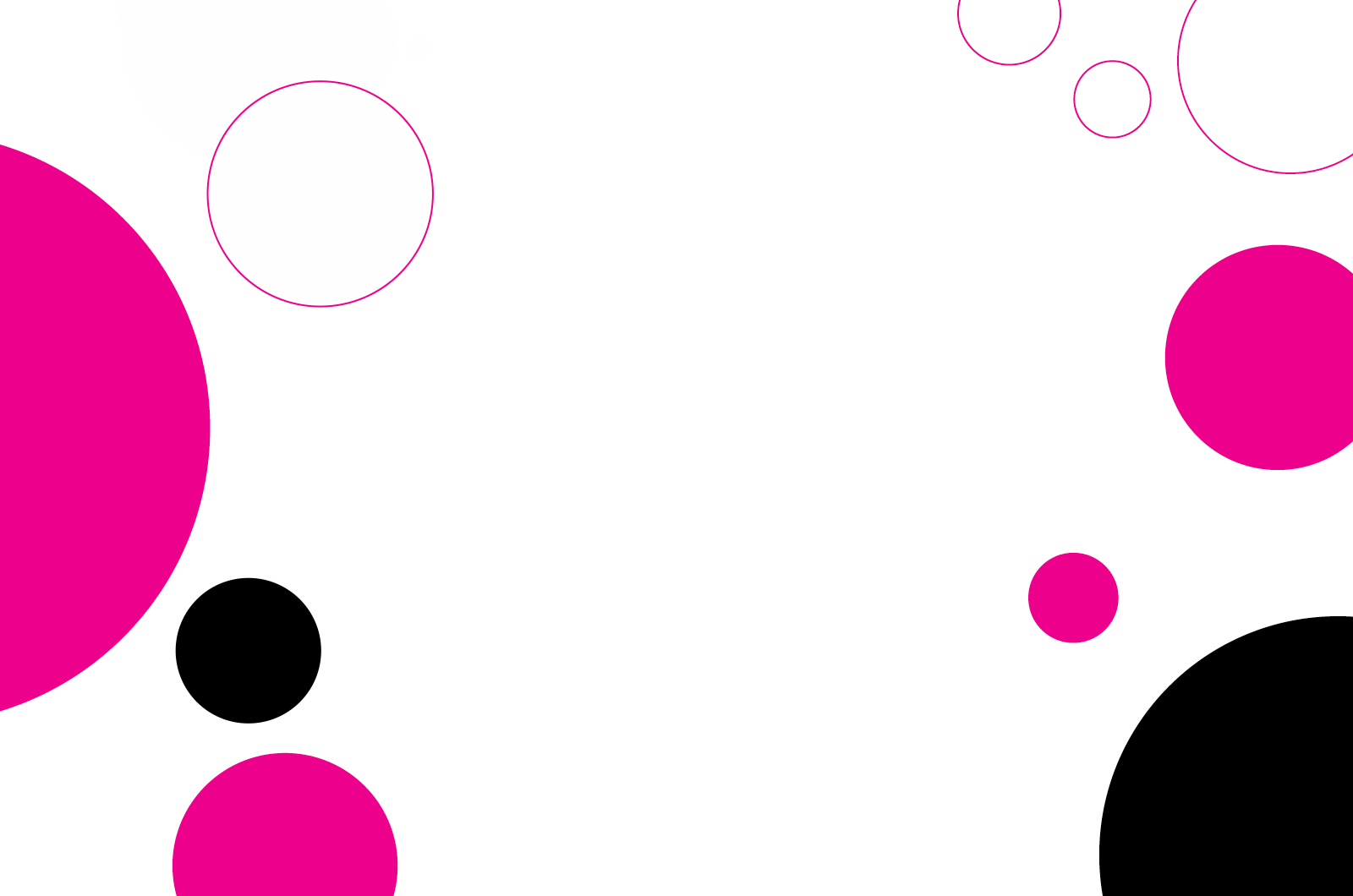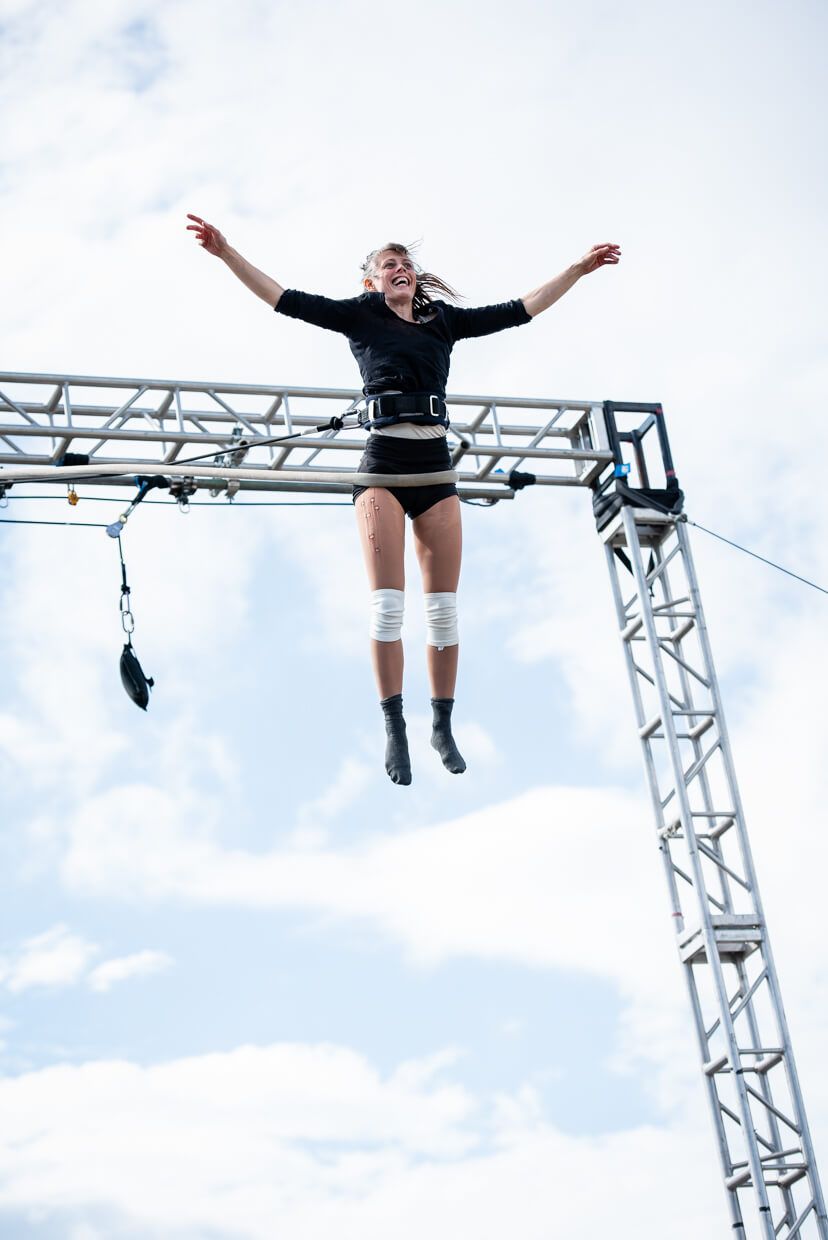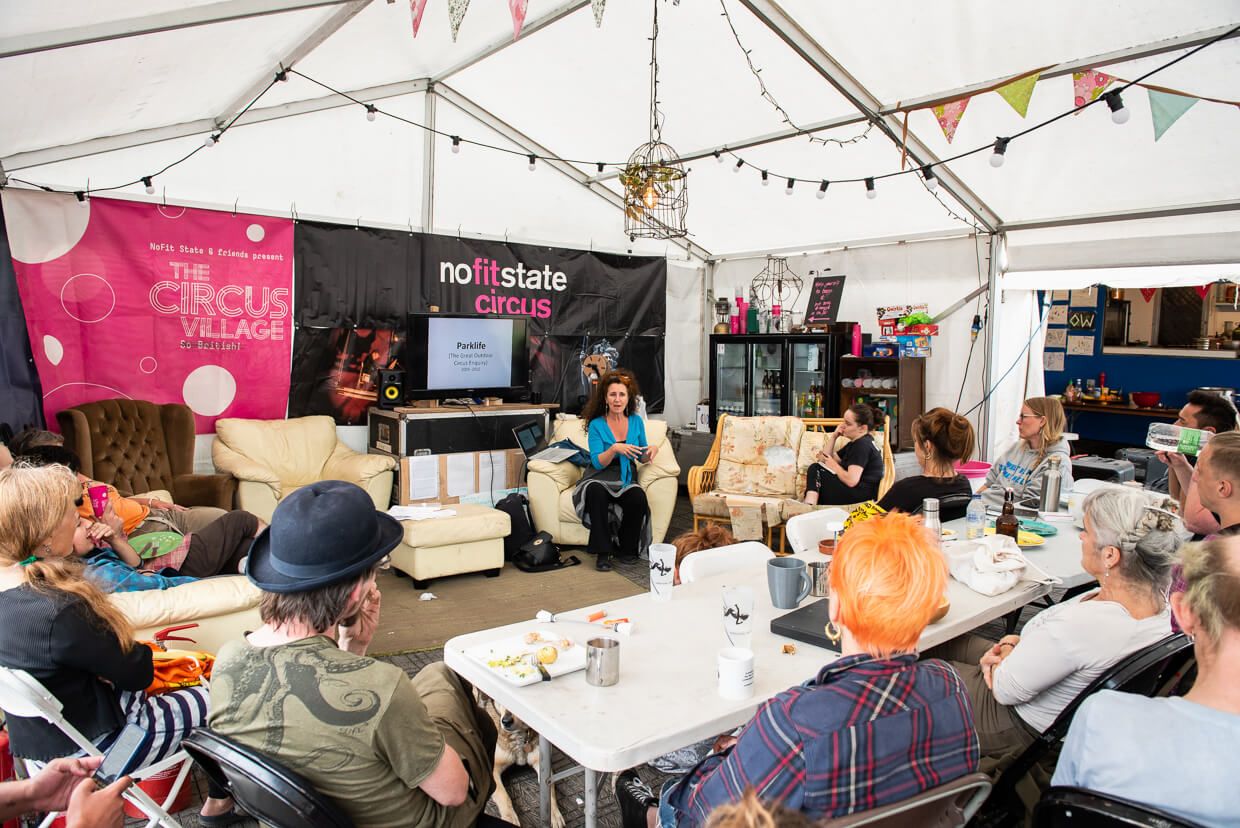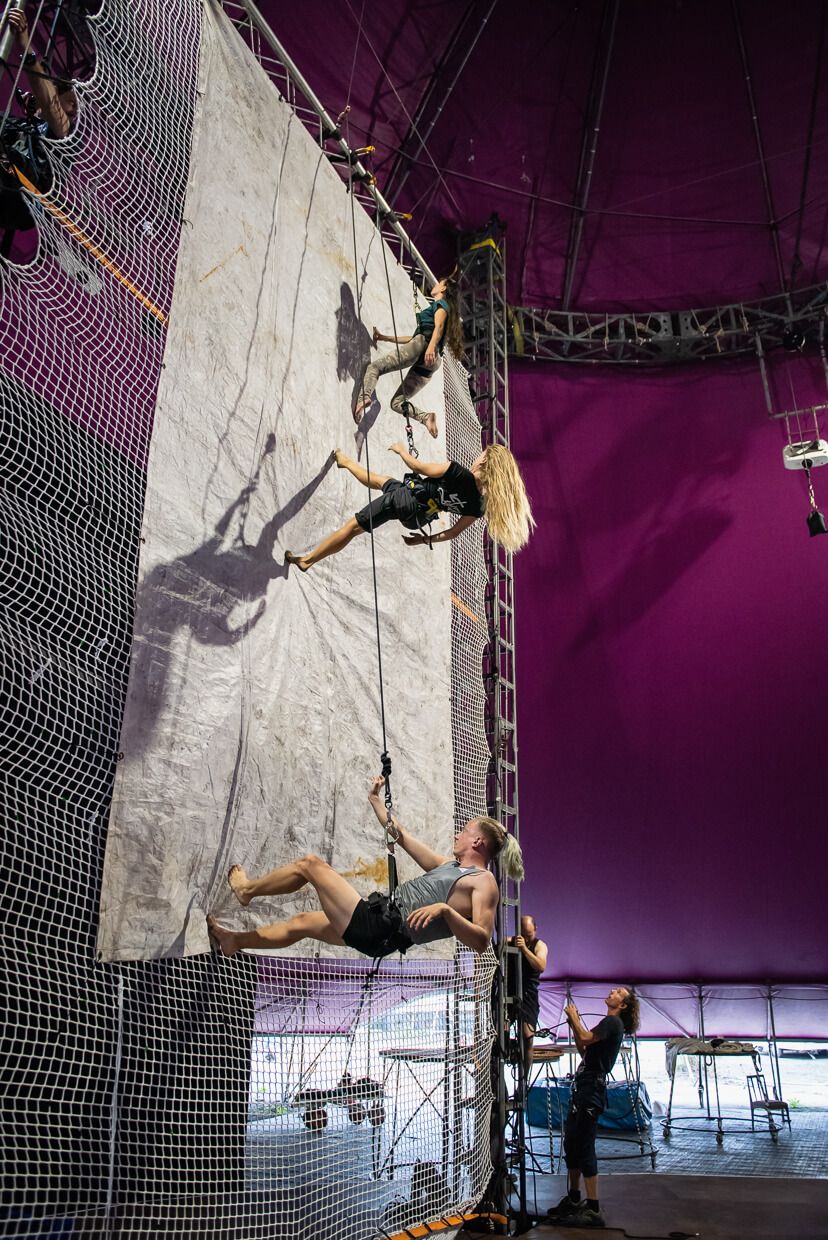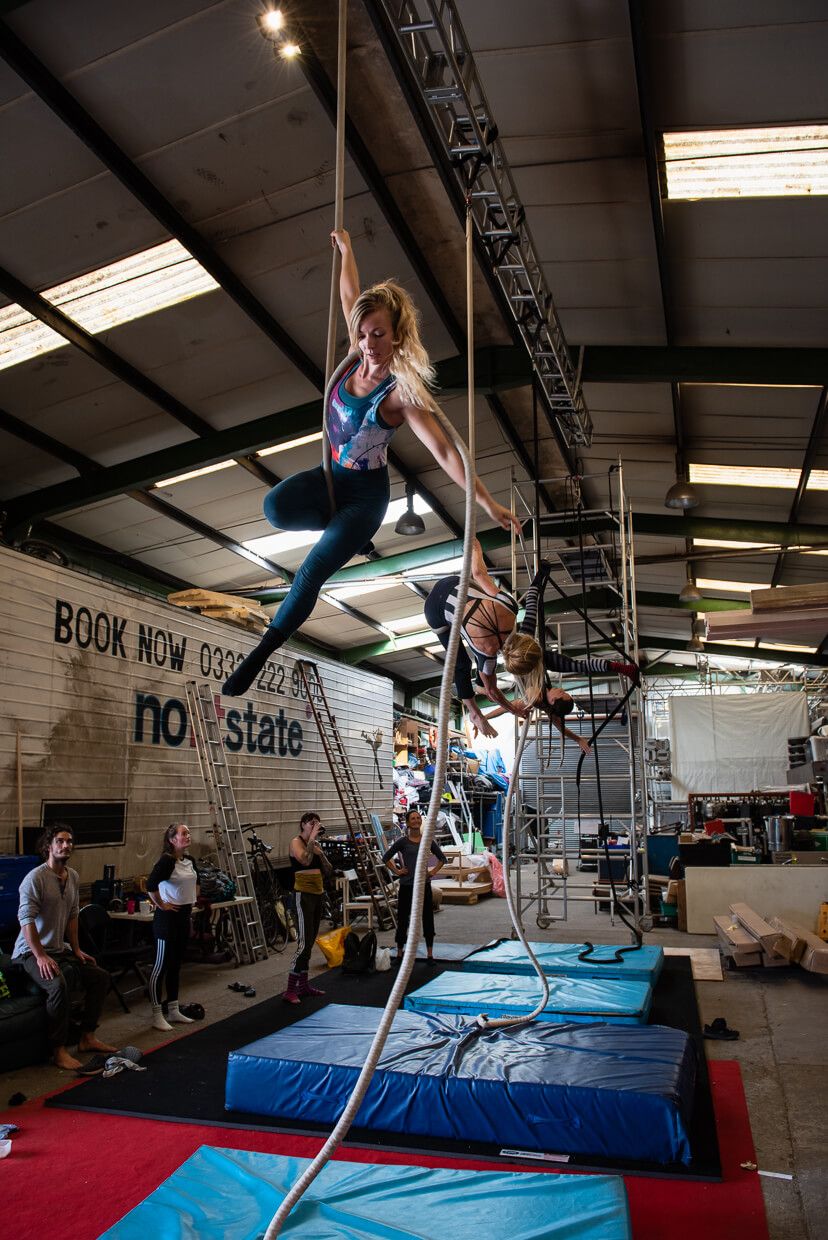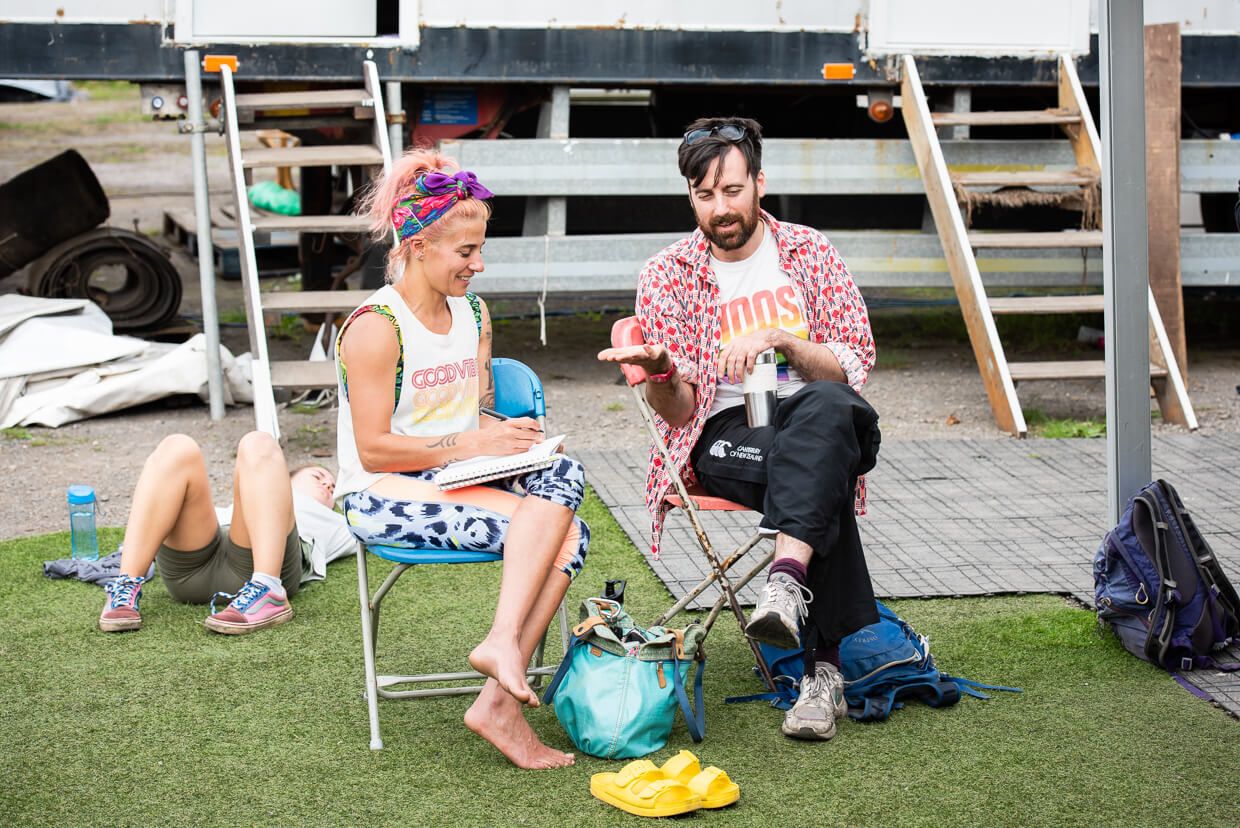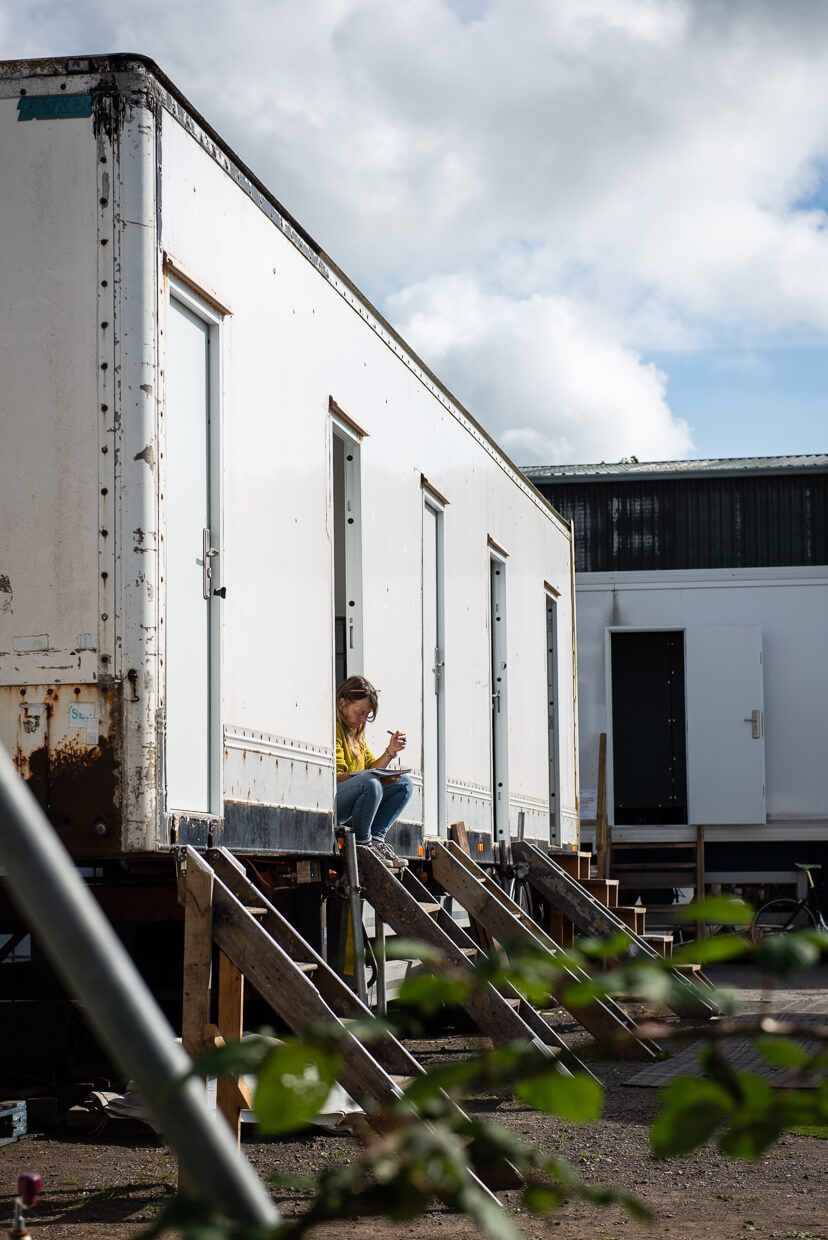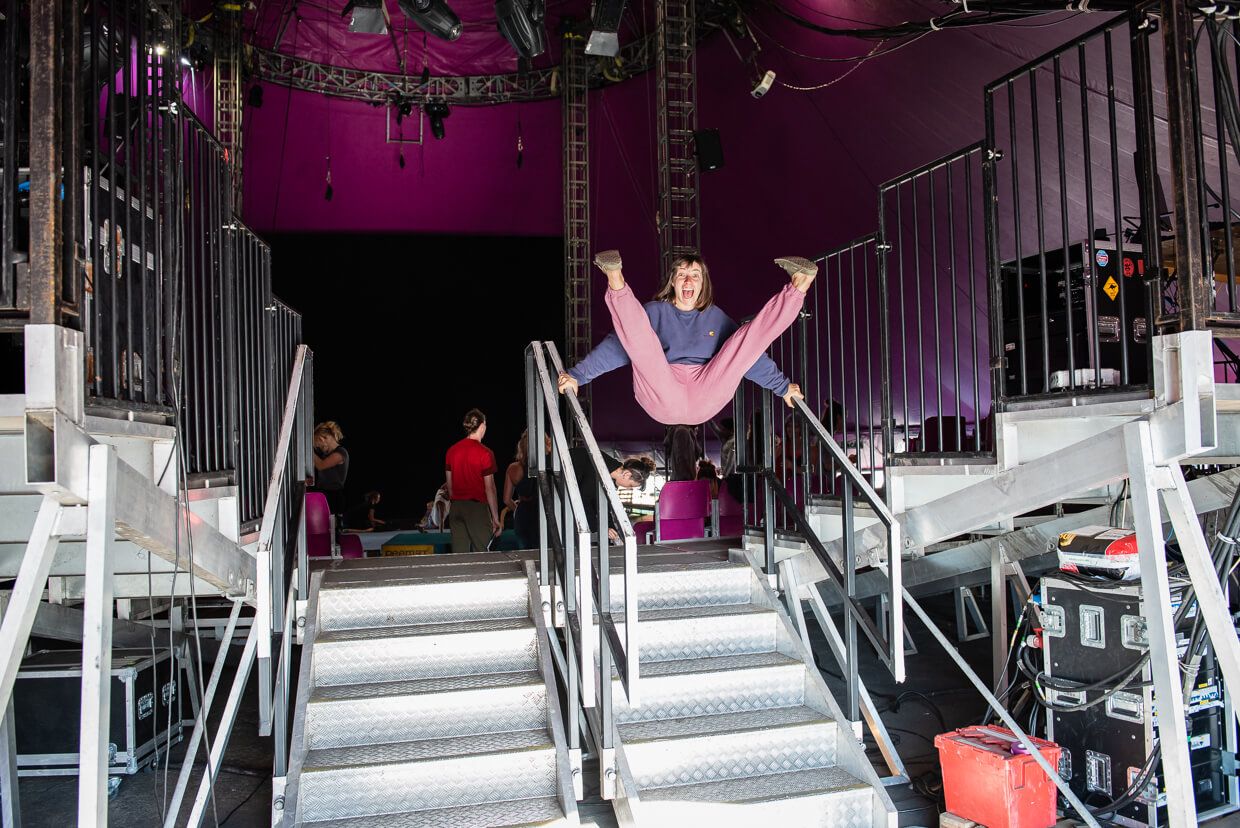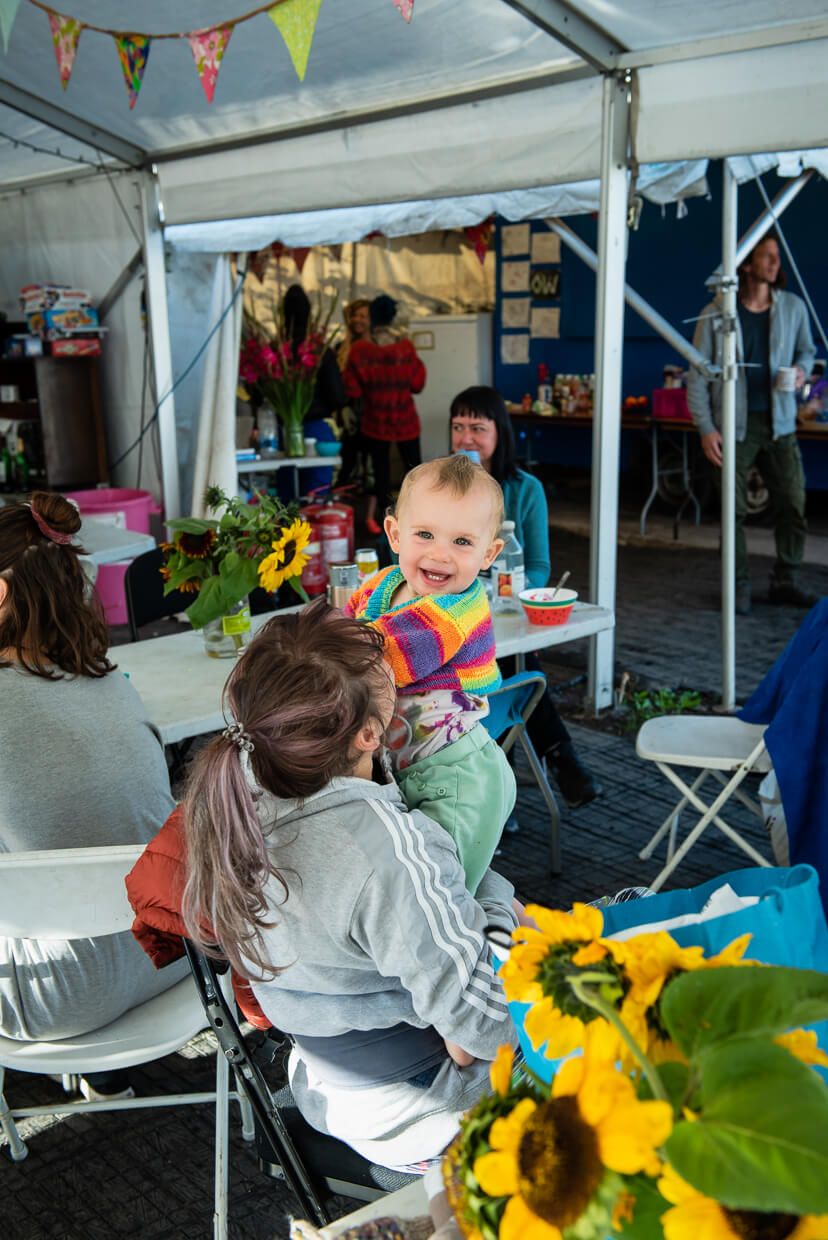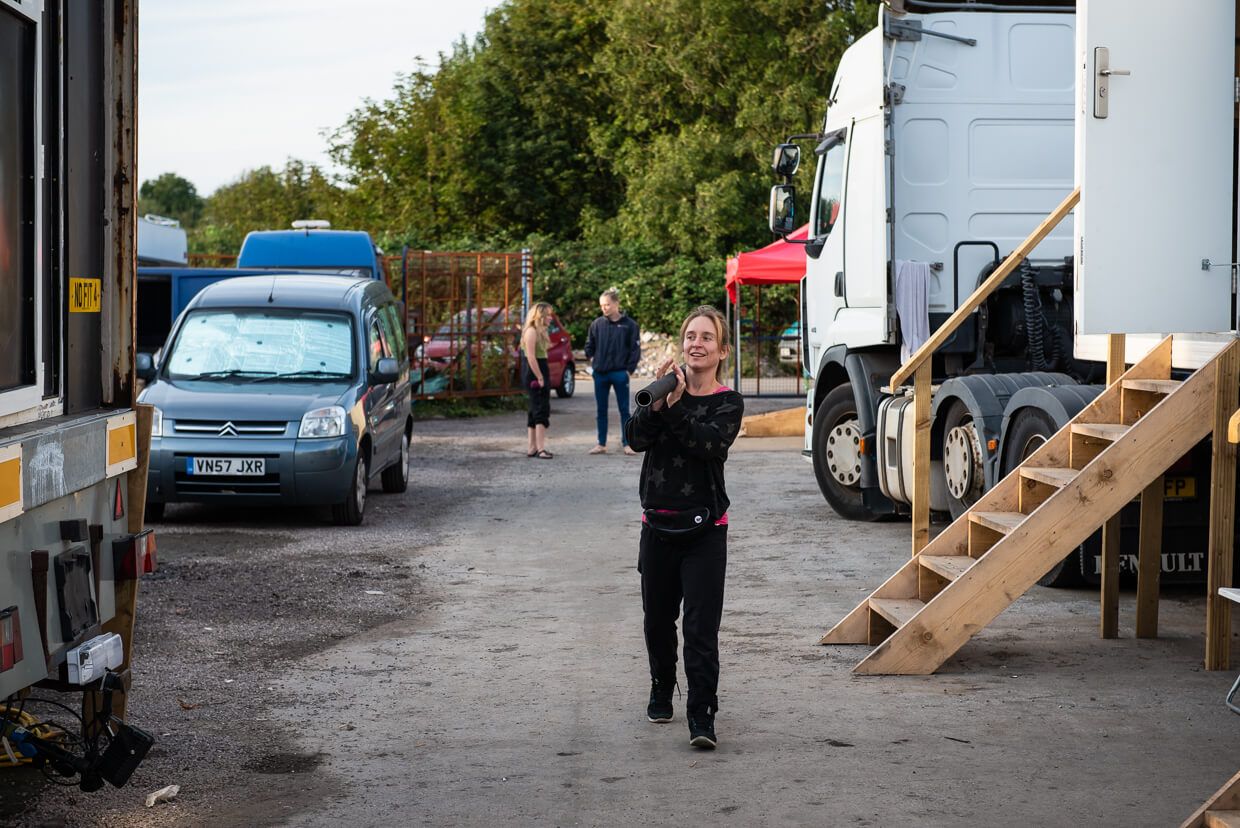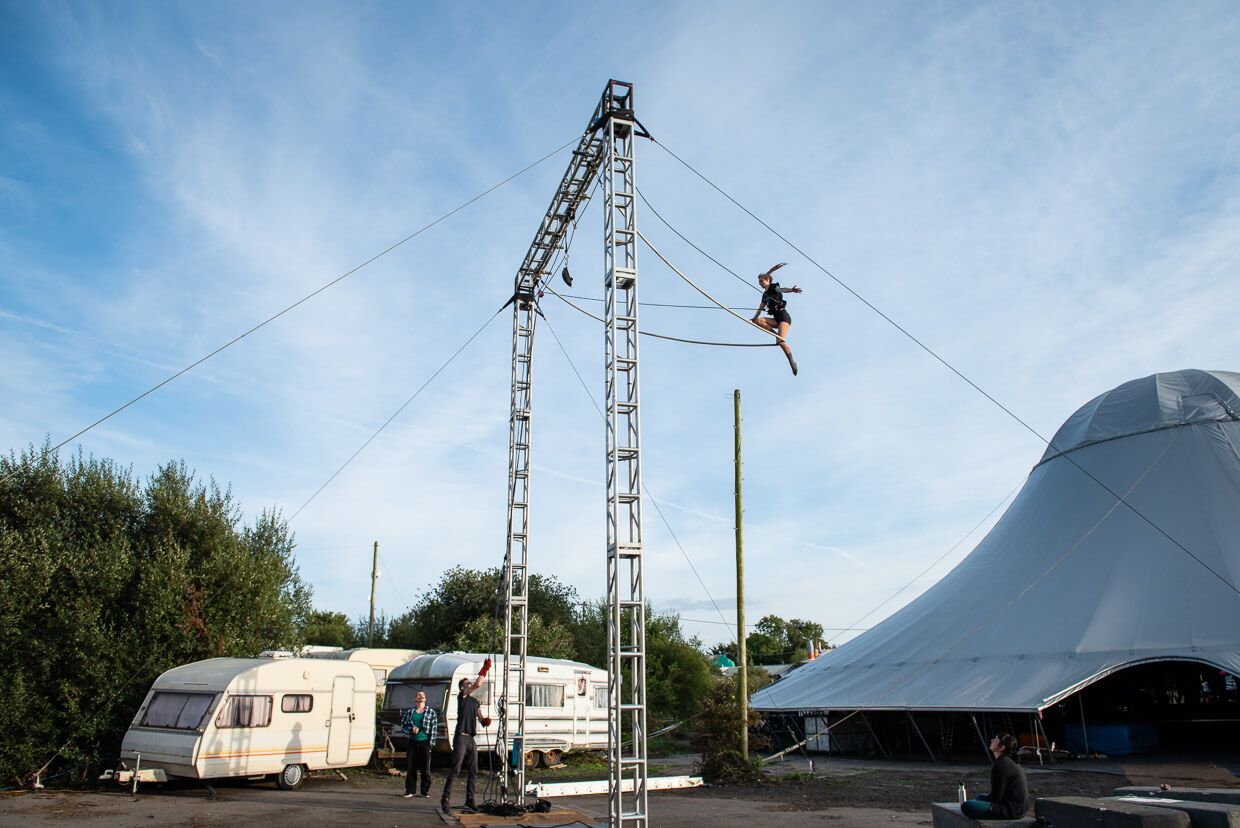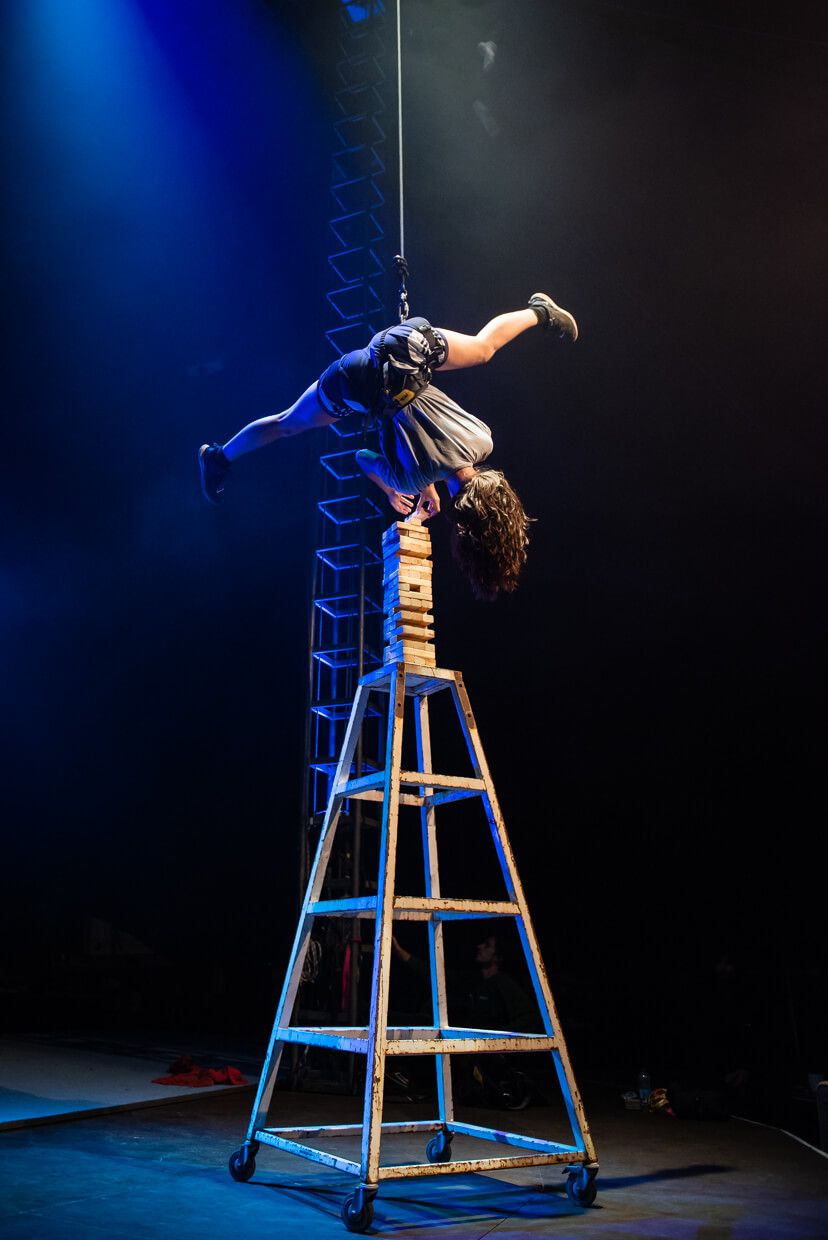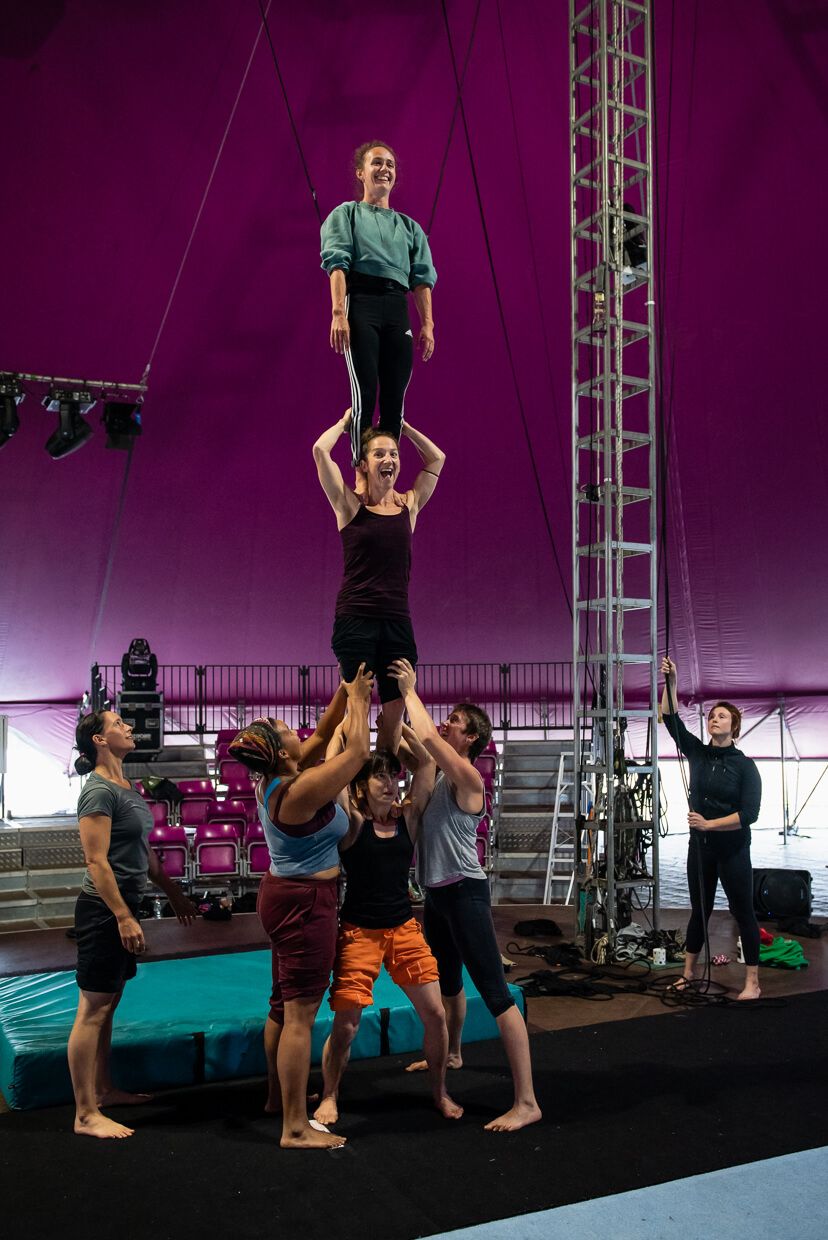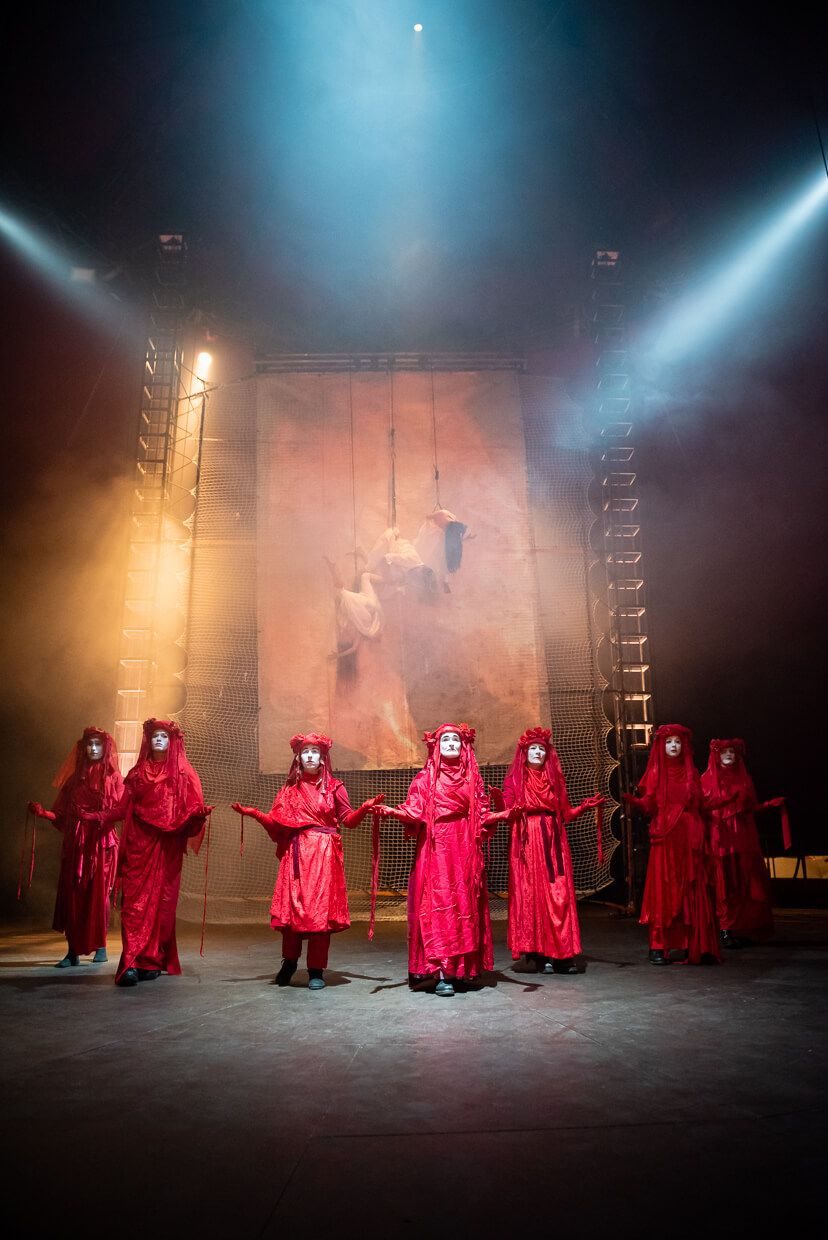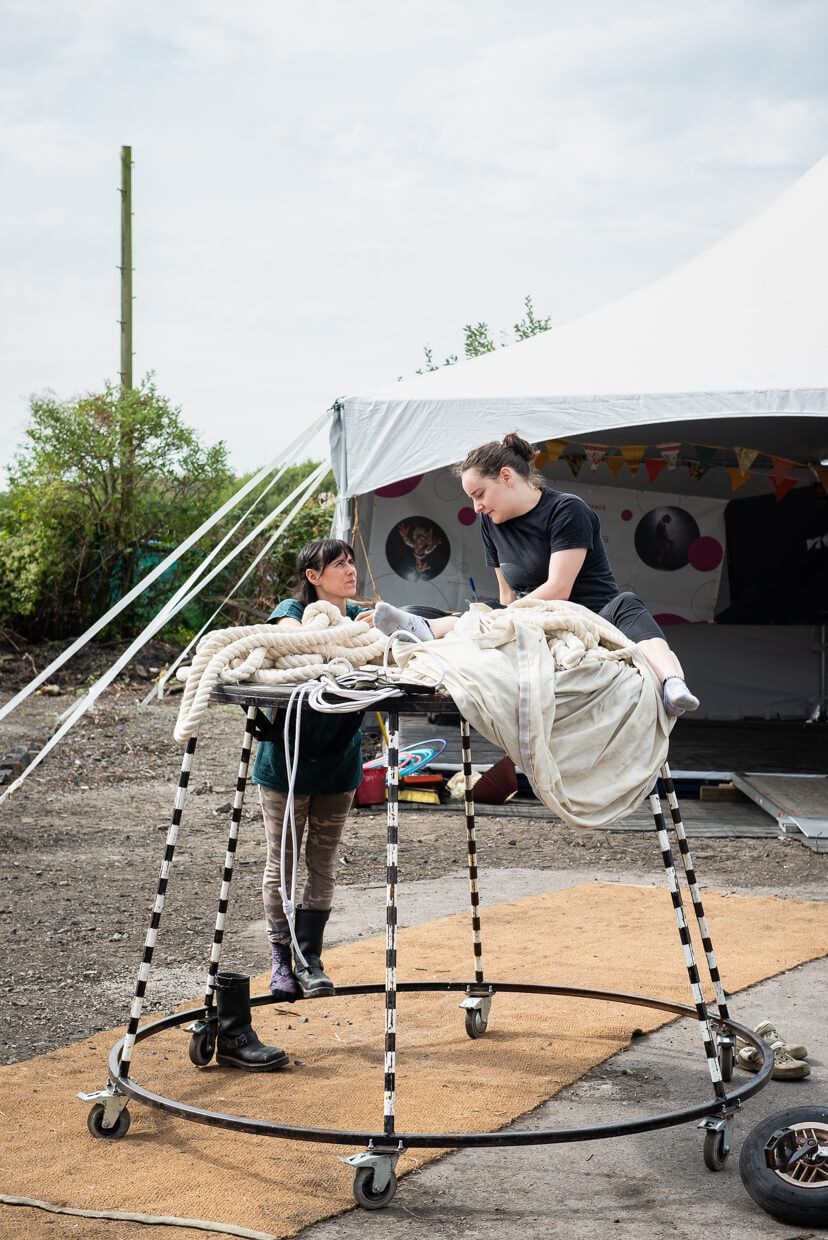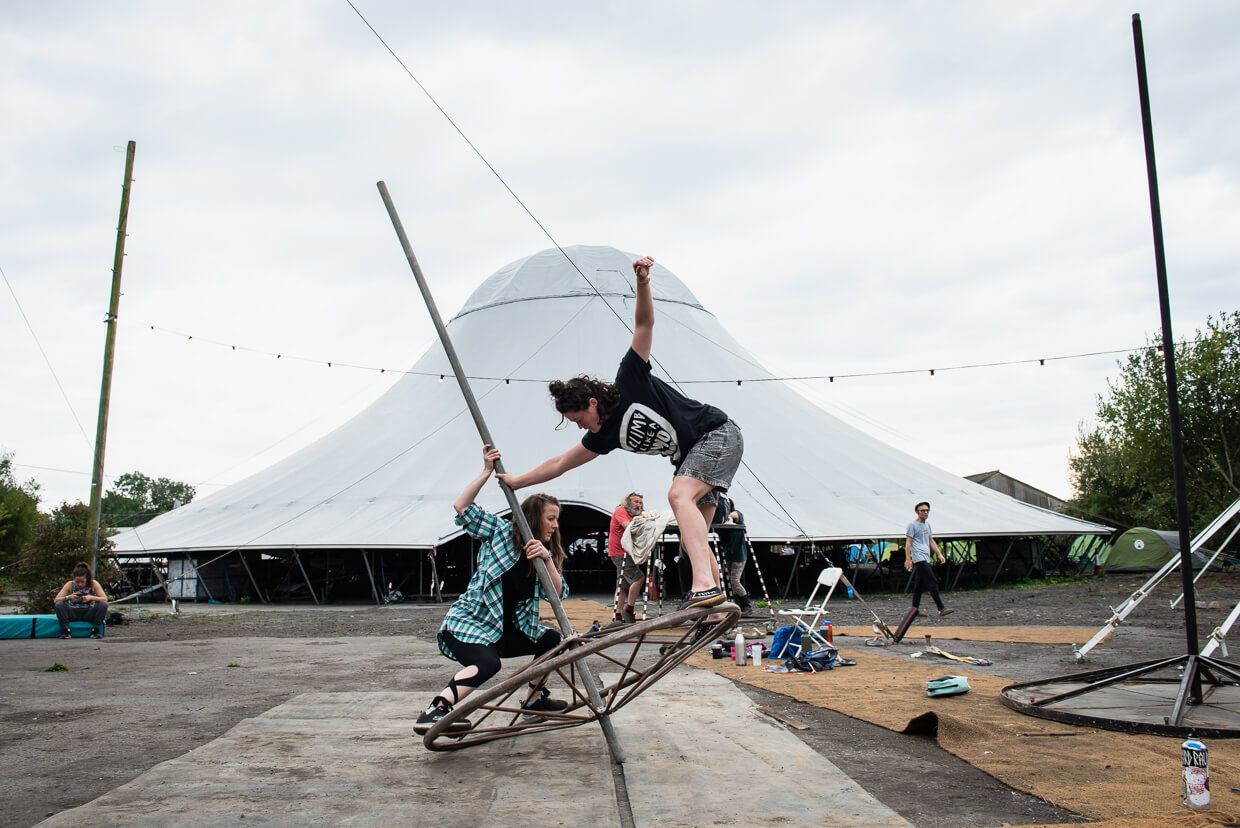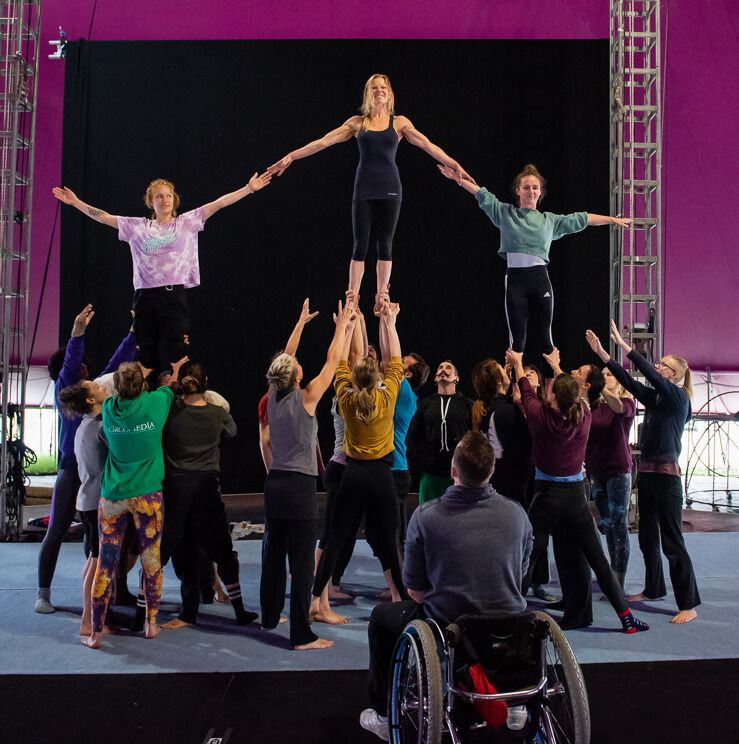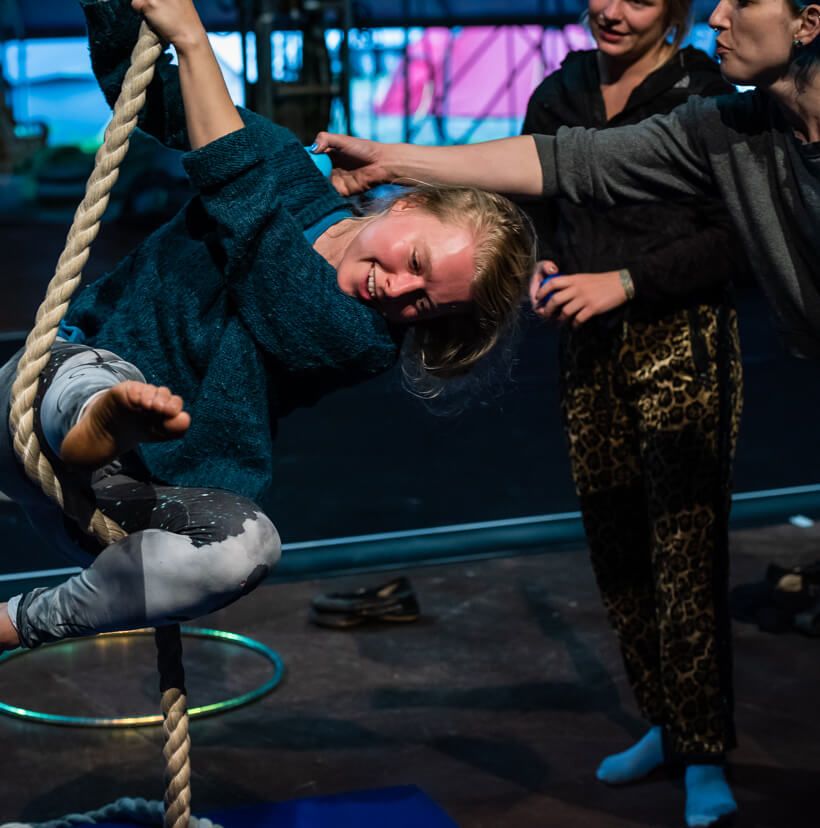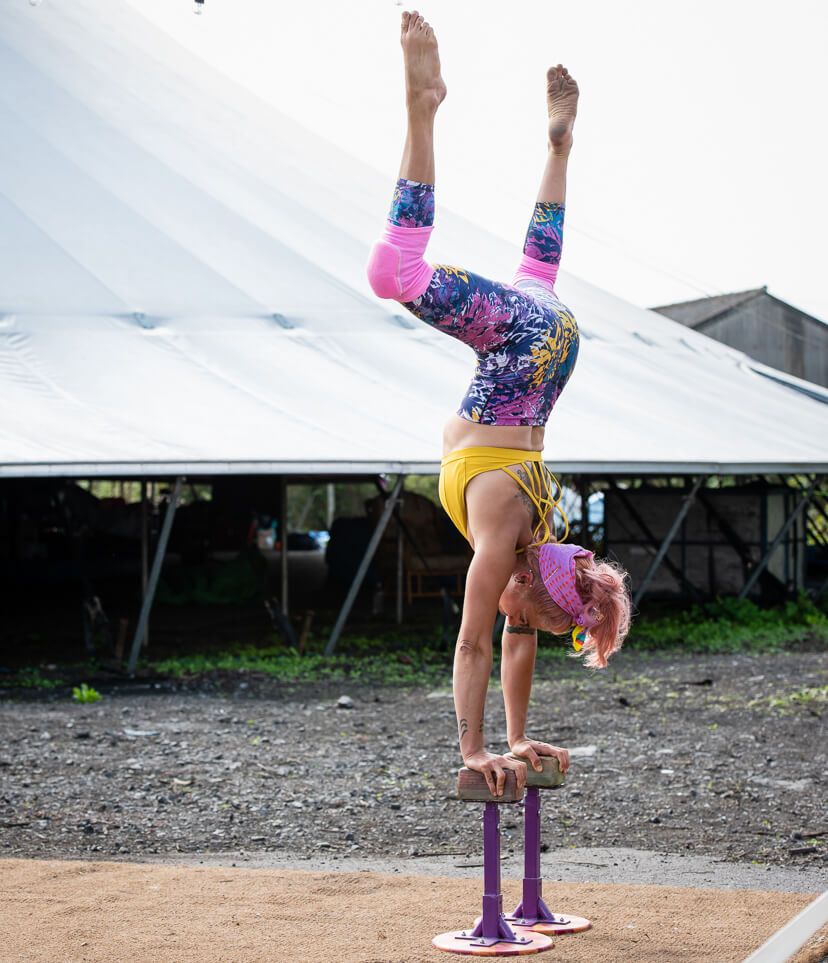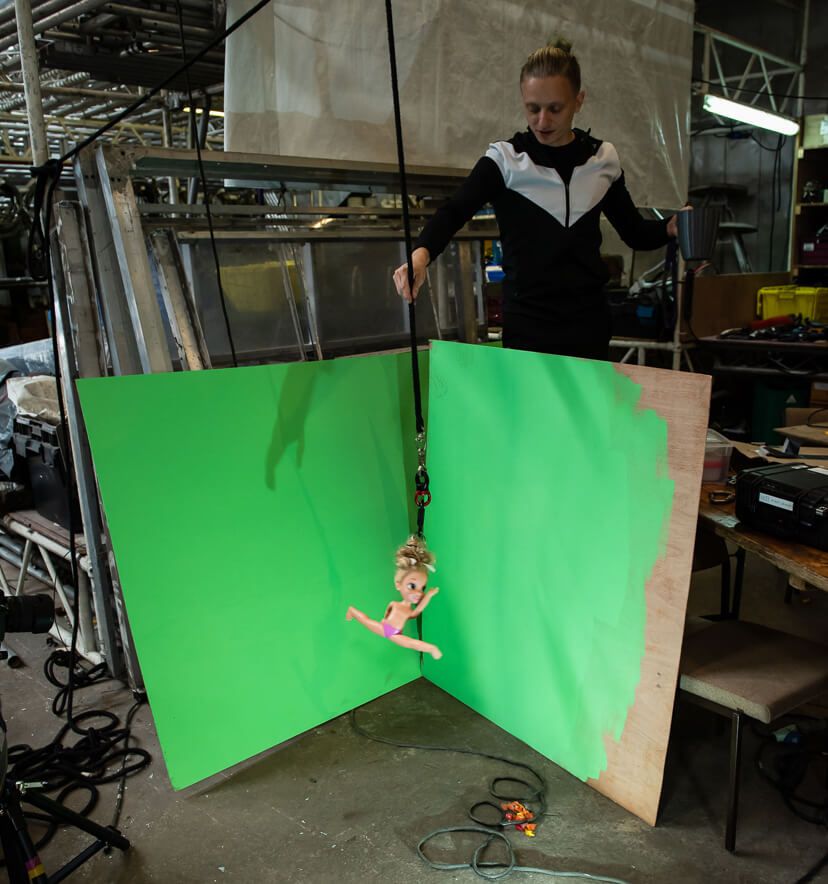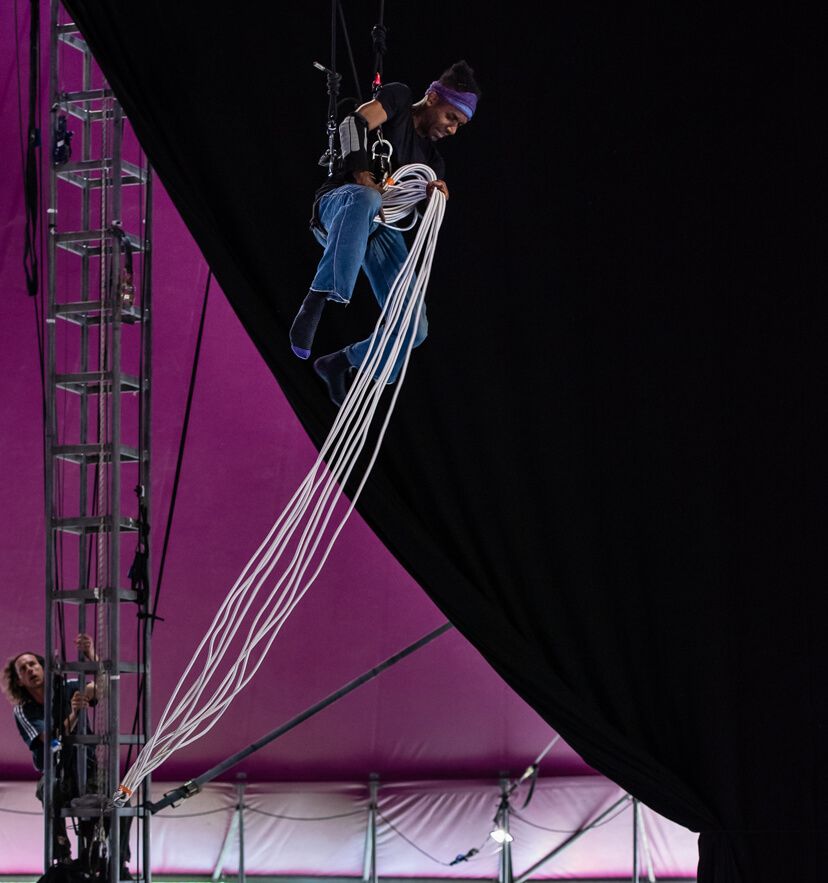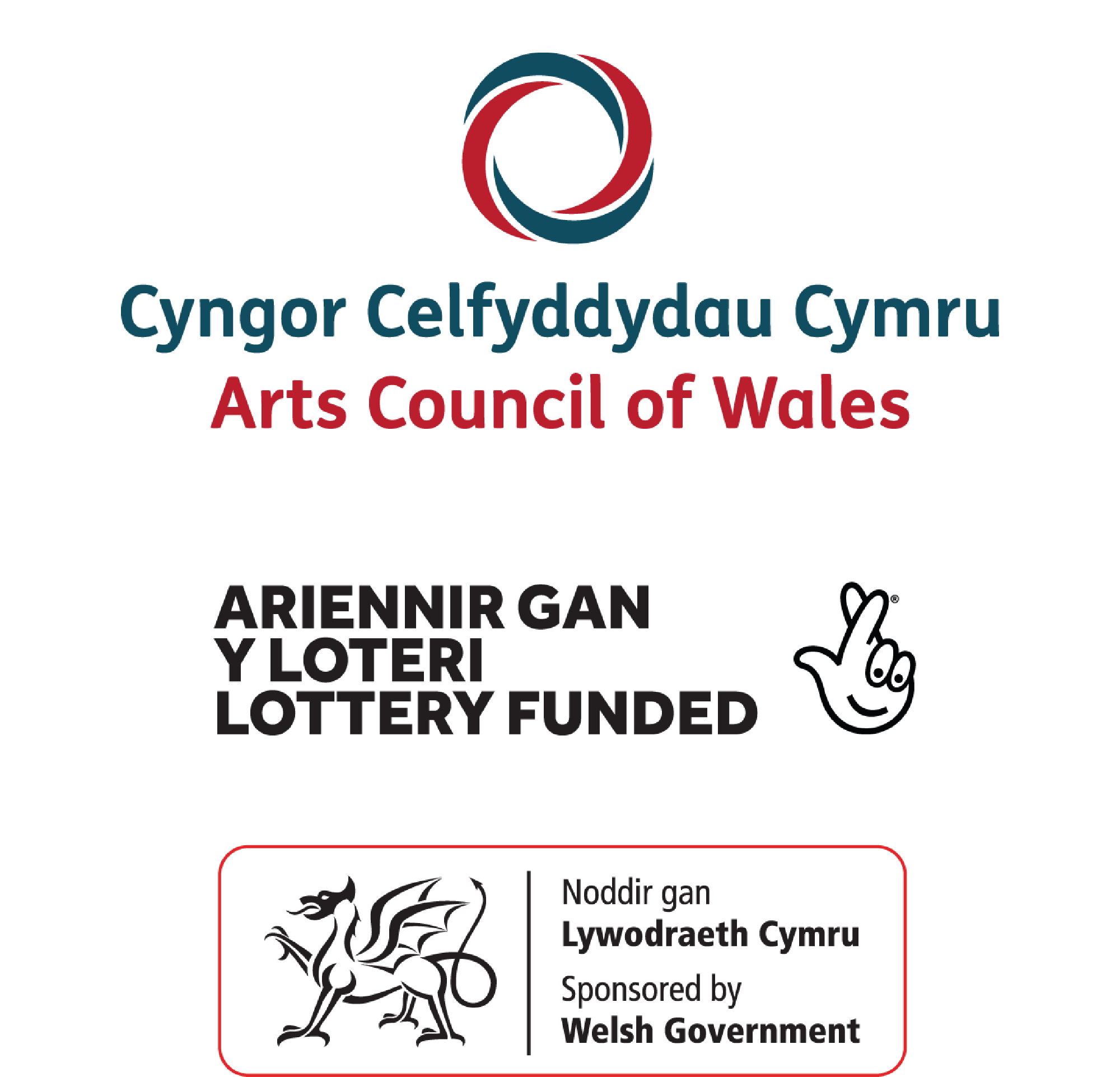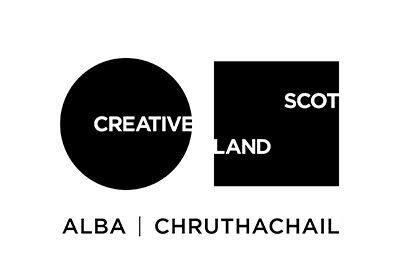Background
Why we created The Circus Village in Wales
With the world the way it was following the pandemic, unable to do our usual work, we thought, why not bring the circus sector together, here, in Wales and create a Circus Village? We wanted to reach out, listen, watch, and learn from each other, connect with our fellow circus friends, and open up conversations with those around the world who wanted to do the same. Our village was a supportive place where people could take risks and generate exciting ideas ready to launch into the wider world.
Everybody had a creative and social part to play here – with the aim of developing the Welsh Circus sector, ensuring its quality, longevity, and accessibility are crucial to the future of our art form; a future that depended on all of us. It was a working village, and every one of us shared responsibility for our welfare, the art we made together, and the shared ideas that have brought new and impactful ways of working both at home, and abroad.
The initial 2 weeks of the programme was designed specifically for the Welsh circus sector, with the remaining 4 weeks bringing together circus practitioners from Wales, England and Scotland, thanks to funding from Arts Council England and Creative Scotland following initial funding from the Arts Council of Wales to make the village possible.
Taking PArt
Who was The Circus Village for?
People from all backgrounds, cultures and a variety of abilities were warmly welcomed in the village.
The village was open to all Welsh, English, and Scottish circus and cross-artform makers, artists, technicians, trainees; and to the curious creative collaborators of the future. From experienced aerialists to intermediate jugglers, from seasoned techies to fledgling producers and everything in between. There was not a person out there who wasn't able to find something new and, perhaps even more excitingly, bring something of theirs to the table.
The Programme
Split Across 6 Key Areas
